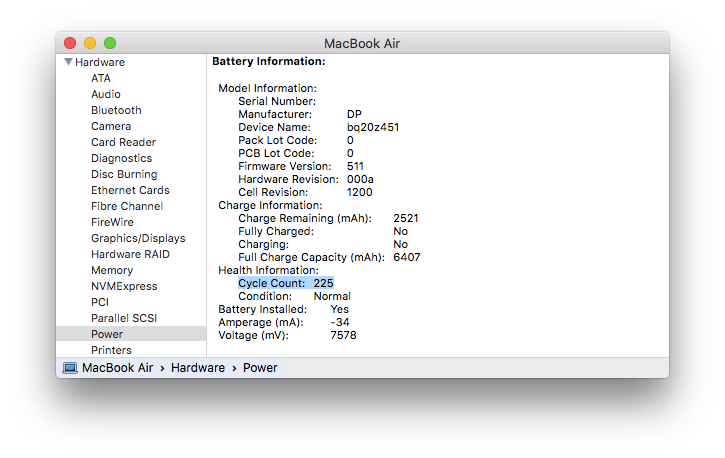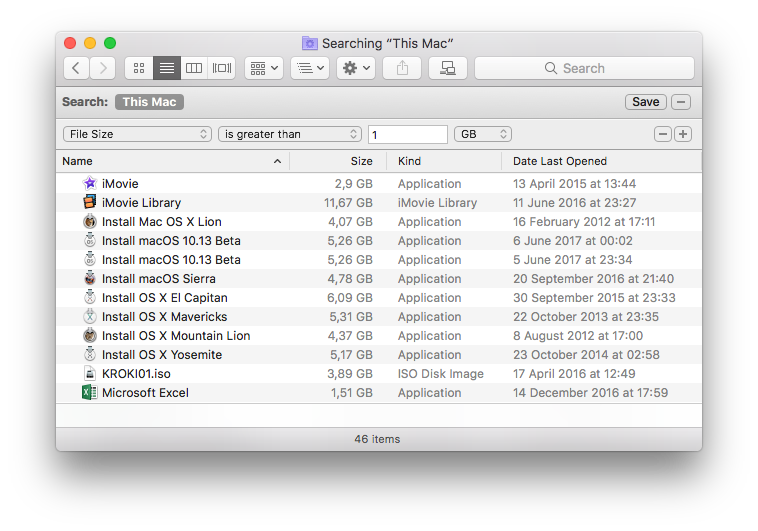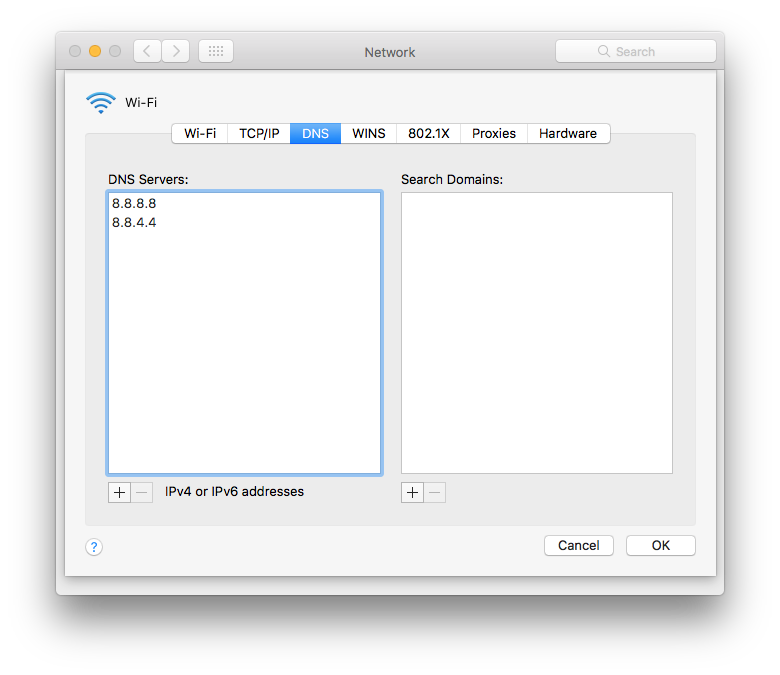Wondering whether you need antivirus software to protect your Mac? macOS is more secure than Windows, but you'd be wise to look carefully at your security options.
The Mac is generally considered to be safe and secure, and there are a number of reasons why Macs are considered more secure than PCs. Malware writers are less likely to target Mac users because of the perception that it has a far smaller market share than Windows. There is also the fact that the Mac operating system is Unix-based, and Unix offers a number of security features built in.
Apple goes to great lengths to protect you from malware by making it impossible for you to download it in the first place. The company has built-in antimalware protection in macOS. The Mac's malware scanning tool, Xprotect, works invisibly and automatically in the background and requires no user configuration. Apple has a list of malicious applications that it checks against when you open downloaded applications. Updates happen invisibly too. This is similar to having antivirus software from another software developer running on your Mac, with the bonus of being written into the operating system and therefore it doesn't hamper the speed of your Mac. If you download and try to open files contaminated with malware, you may see an explicit warning that the files will "damage your computer", along with a reference to type of malware. You should delete the file immediately.
In addition, macOS blocks downloaded software that hasn't been digitally signed - a process in which Apple approves the developer. This leads to the familiar error message when you try to use or install unsigned software: "[this app] can't be opened because it is from an unidentified developer.". The system at work here is called Gatekeeper and can be controlled via the Security & Privacy section of System Preferences. In addition to Gatekeeper, which should keep malware off you Mac, FileVault 2 makes sure your data is safe and secure by encrypting it.
It's certainly not an essential requirement to install antivirus software on your Mac. Apple does a pretty good job of keeping on top of vulnerabilities and exploits and the updates to the MacOS that will protect your Mac will be pushed out over auto-update very quickly. However, sometimes Apple doesn't respond as quickly as Mac users might hope. In that case there are some free anti-virus apps (such as Sophos Anti-Virus for Mac Home Edition or ClamXav) that might give you some peace of mind.
If you have a MacBook, MacBook Air or MacBook Pro, you can check the battery cycle count to get an idea of overall battery health. Here’s how you can do that yourself, right from the macOS built in system management functions.
This works for all batteries in portable Mac models.
• Pull down the () Apple menu and choose "About This Mac".
• Click the "System Report…" button.
• Under Hardware, select "Power" and look for "Cycle Count" under the "Battery Information" portion.
The number shown is the cycle count of the current battery. A battery charge cycle is when the battery has been drained to 0% and then refilled to 100% of it's maximum capacity. Knowing the cycle count is helpful if you suspect your battery is having problems retaining a charge. Apple says new notebook batteries are designed to retain 80% of original capacity after 1000 cycles. If your battery is performing at less than expected and is still under warranty, it may be a good idea to schedule an appointment with an Apple Genius.

Whether you're feeling the pinch as hard drive space runs low or you're just wondering where all your disk space went, it's easy to find large files in macOS by using the built-in search tools.
Here's what to do:
• From the macOS Desktop, open any new Finder window
• Hit Command+F to bring up Search
• Click on "Kind" filter and select "Other", then select "File Size" from the attribute list
• Click on the second filter and choose "is greater than"
• In the third space, enter the size to search for anything greater than (ex: 100) and choose either MB or GB as the final filter
The file and app list below will automatically update as anything larger than the specified file size is found on the hard drive. Be sure that "This Mac" is selected if you're getting limited results, though you can also use the search limiters to find large files contained within single folders or user directories.
Want to use this feature to track down large files often? Click on the "Save" button in the upper right corner and you'll turn the File Size search into a Smart Folder that can be easily accessed from the sidebar for easy future retrieval, plus that folder will constantly be updated with large files only, making it a very useful way to instantly find any big item laying around on a Mac.
A common pit of enormous files is the user Downloads folder, when using the file size search don't be surprised if you run into a fair amount of .dmg and .zip files sitting idly in there that have long been forgotten.

DNS server can be described as a phone book for the internet. Every website on the internet has an IP-address (for example Google's is 74.125.95.104), but remembering these addresses for every website you want to visit is a pain. What the DNS (Domain Name Server) server does is translate www.google.com into 74.125.95.104 and direct your browser to that page.
Normally the DNS server is hosted by your internet service provider but Google claims that their server is both faster and more secure, giving you a better online experience.
To use Google’s servers simply open System Preferences and click Network. Select the network connection you use to go online (normally AirPort if you use wireless or Ethernet if you are wired), press "Advanced…" and then select DNS at the top. Now you are presented with two lists, below left one there is a button with a plus sign. Click it and enter:
8.8.8.8
and in a new line:
8.8.4.4
Click OK, then Apply (if the DNS options are grayed out when you try to change them, just click the padlock in the lower left of the Network settings screen and enter your password when prompted). You may have to restart your browser for the changes to take effect.
It is worth keeping in mind that Google will be able to view your browsing habits, so it is a good idea to have a read through their privacy statement (https://developers.google.com/speed/public-dns/privacy).
Otherwise, if you'd rather not use Google’s DNS server but want faster browsing, you can use a tool such as Namebench (http://code.google.com/p/namebench) which tests a whole bunch of DNS servers (such as OpenDNS or DNS.WATCH) and finds out which one is the fastest for you.

Apple specifies ambient operating temperatures for most Macs as between 50°F and 95°F (10°C and 35°C), this means that anything above 95°F (35°C) goes beyond the conditions the Mac was specified to function within. Does that mean you can’t use your computer in intense heat? Most likely not, it just means you have to find ways to help keep it cool. With that in mind, here are some tips to keep a portable Mac cool when faced with blazing temperatures.
• Avoid using a Mac on a bed or fabric surface. Anything soft doesn’t allow for sufficient heat dispersion and can even block the air ventilation on many portable Macs, try to always use a Mac on a hard surface of wood, metal, or glass.
• Use a laptop stand. On hot summer days a laptop stand can mean the difference between having the fans blasting or not having them on at all. Anything that raises a Mac away from a base surface allows for heat to radiate out and for air to flow around it, cooling the hardware. Some laptop stands have built-in fans that blow directly onto the underside of a computer, these can be very effective.
• Raise the rear of a MacBook. No laptop stand? Make do with what you have, and try placing the rear of the Mac elevated by a hardcover book or something similar. It’s not as effective as a laptop stand, but this promotes airflow and can make a significant difference in keeping hardware cool.
• Place a Mac at the edge of a table or desk. No stand and no book to raise the computer with? Try hovering the rear end of a MacBook over the edge of a desk or surface to increase air flow where Macs blow out their heat.
• Use a fan. Yes, a standard room fan. This may sound silly but if you’re in an environment without air conditioning, pointing a fan onto a Mac will blow cool air onto it and help disperse heat. If you’re using a Mac in temperatures over 90°F (32°C), this is one of the best things you can do to not only keep yourself cool but also your computer.
• Keep away from the sun. Again this may seem like common sense, but using a computer in direct sunlight places an unnecessary burden on the fans. Even on reasonably mild sunny days the sun can cause fans to go into overdrive, it’s best to avoid direct sunlight completely.
Finally, a quick word of advice: if you’re in extreme heat and you don’t have any method to cool down your Mac, do yourself a favor and don’t use it at all until you get out of the crazy weather. Heat is one of the most detrimental forces to anything electronic and overheating can lead directly to reduced lifespan of hardware, diminished battery capacity, and other problems. It’s always better to be safe than sorry.


